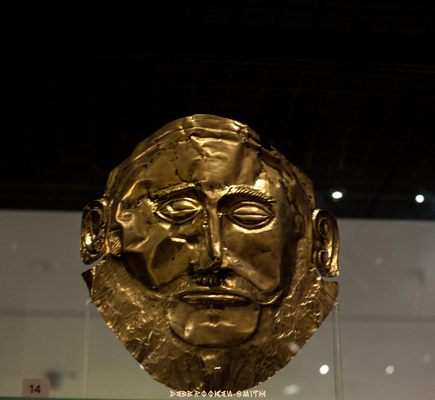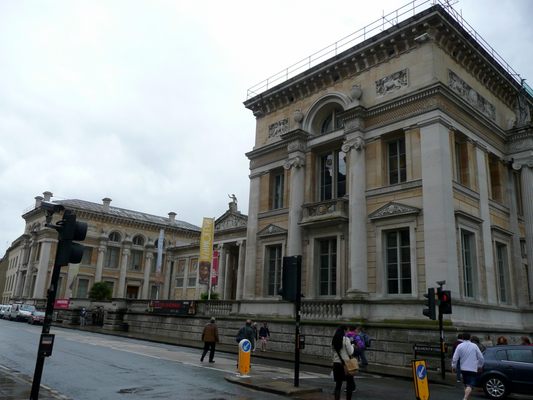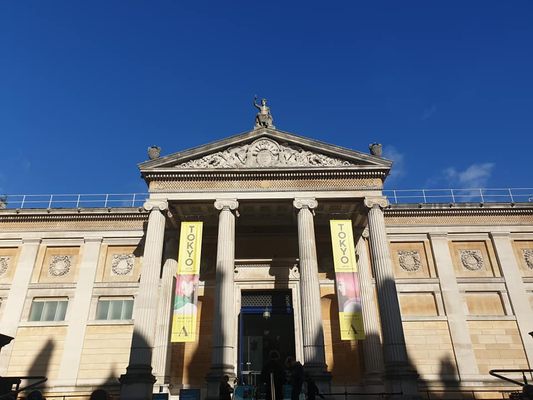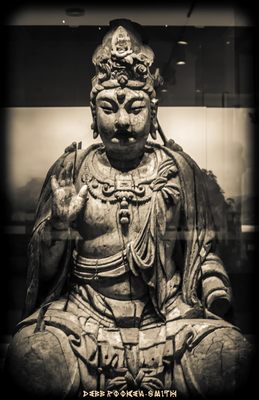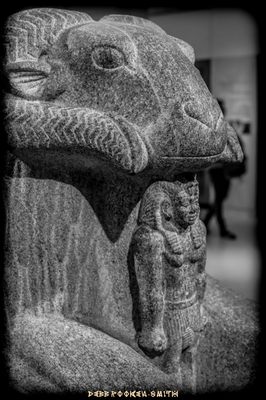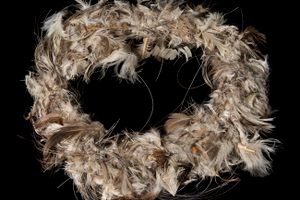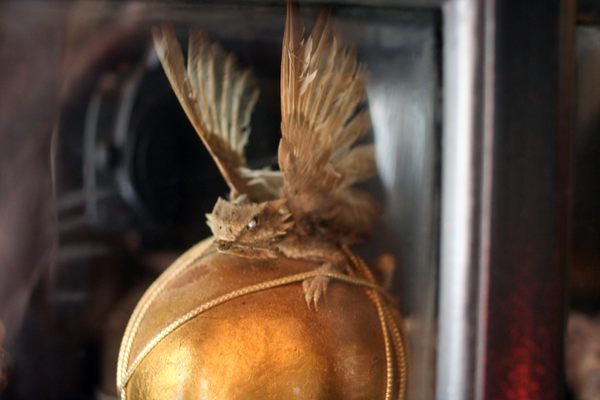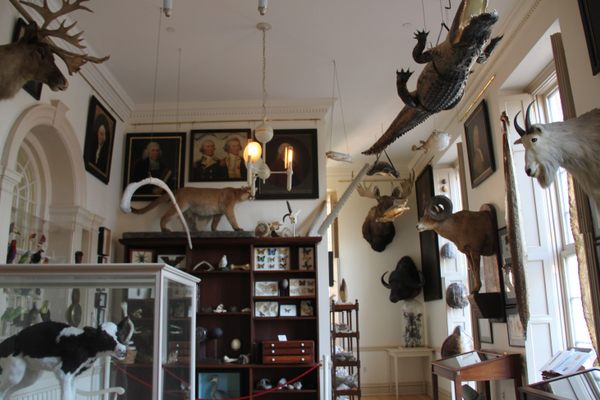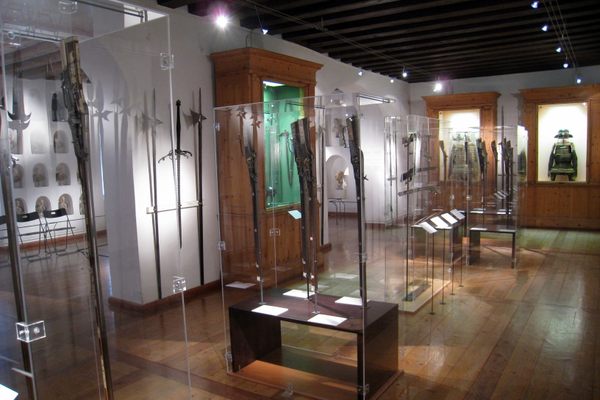About
In the early 1600s, John Tradescant the Elder and his son, the Younger, opened their house as a cabinet of curiosities with natural and man-made specimens from around the world. (The word "museum" had not migrated to the English language, or perhaps English-speakers could not yet conceive taxonomied collections in hulking display cases with explanatory details.)
The father and son deeded the collection to Elias Ashmole as a gift. After some of his own additions, Ashmole presented the collection to the University of Oxford "as a major scientific resource." In 1683, this founding gift started what is now the Ashmolean Museum of Art and Archaeology in Oxford.
When the Oxford University Museum of Natural History was founded in the early 1800s, the Ashmolean lost some of its collection and faced a crisis of identity. Luckily, the budding field of archaeology enabled the museum to shift focus and begin acquiring a larger body of artifacts, from farther back in time and further reaches.
Again in 2009 the museum underwent major redevelopment. Their new curatorial style unites unexpected artifacts from diverse geographies and cultures together under stylistic similarities. In what they are calling "Crossing Cultures, Crossing Time," the Ashmolean juxtaposes a Hellenistic figurine of the first century CE to a Buddhist figure from India in the third century CE, tracing the journey of Alexander the Great into India from Greece. The museum understands all cultural history as interrelated rather than isolated.
Aside from their new approach, the museum has jaw-dropping objects, as well, such as a human skull from 7000 BCE. Their Egyptian collection is one of the largest outside of Cairo, and they have some pretty special coins, too.
Related Tags
Community Contributors
Added By
Published
March 22, 2010








